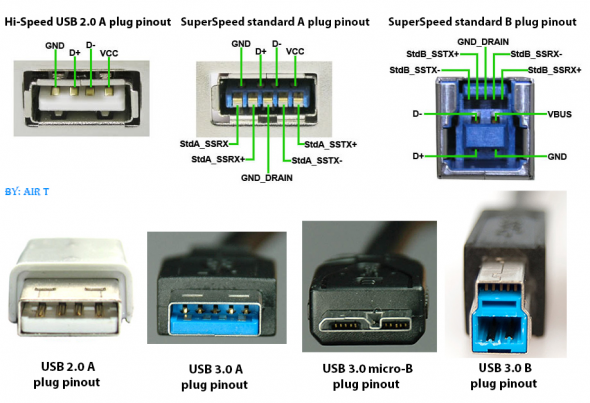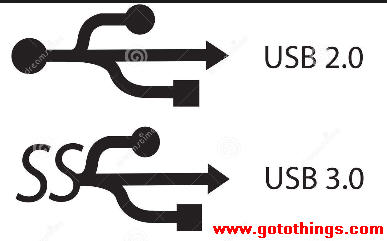


The speed limit is 65mph, so making the road wider with more lanes would mean more cars could travel on the road, but each individual car will still travel the distance in the same time. This is often confusing as you will see lots of marketing about USB 3 being faster, however this is meant in situations like transferring data between hard drives, packeted data, not real time audio streams.Ī good example would be cars on a highway. The USB 3 spec doesn't get the data to its destination any faster.

With the question about backwards compatibility, combined with no real benefits to round-trip latency performance, the USB 2.0 protocol is still the most efficient technology for professional multichannel recording for the channel counts our USB devices provide.The USB 2 spec's bandwidth is more than adequate for the channel count of the Quartet. USB 2.0 devices work without any issue on USB 3.0 ports, however, we can't say the same for USB 3.0 devices on USB 2.0 ports. Many computers still come with USB 2.0 ports as well as USB 3.0, and many users still work on systems that have no USB 3.0 connectivity at all. There is also a question of backwards compatibility.

However, for our largest channel count USB audio interface, the Scarlett 18i20/Clarett+ 8Pre, USB 2.0 provides more than enough bandwidth to deliver 18 channels of audio inputs and 20 channels of audio outputs simultaneously. This doesn't mean the higher bandwidth offered by USB 3.0 does not benefit some situations, e.g., for hard drive transfer times it makes a huge difference. This is the same when comparing USB 3.0 and USB 2.0 in terms of the way they transfer audio data. This means that it could allow a greater number of tennis balls (more data) to travel down the pipe, but the balls would not travel down the pipe any faster– there is no latency improvement. In terms of our analogy, USB 3.0 offers a much wider pipe. That's your latency, the time it takes to go from end to end. With the drainpipe set at the same angle, letting go of the ball at the top of the drainpipe will see it arrive at the bottom in a given amount of time. The tennis ball is the data, and the width of the pipe signifies available bandwidth. Useful AnalogyĪ good analogy is to think of it as a drainpipe and a tennis ball. The stack schedules data transfers to and from audio drivers at millisecond frame intervals which means that, no matter how fast the data moves over the USB bus, this defines the limit on minimum latency achievable. This is due to the architecture of the host computer driver stack and its handling of USB audio (isochronous) data. Why do many manufacturers not produce interfaces that use the USB 3.0 protocol? Bandwidthįirstly, although USB 3.0 offers greater bandwidth than USB 2.0, for these devices it will deliver no round trip latency benefits over USB 2.0. Applies to: Scarlett Range, Clarett USB Range, Clarett+ Range


 0 kommentar(er)
0 kommentar(er)
